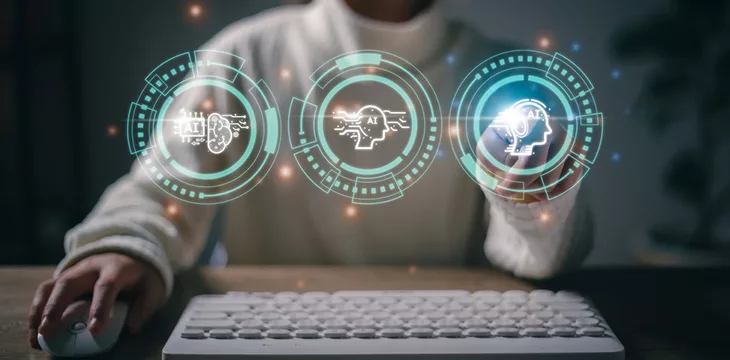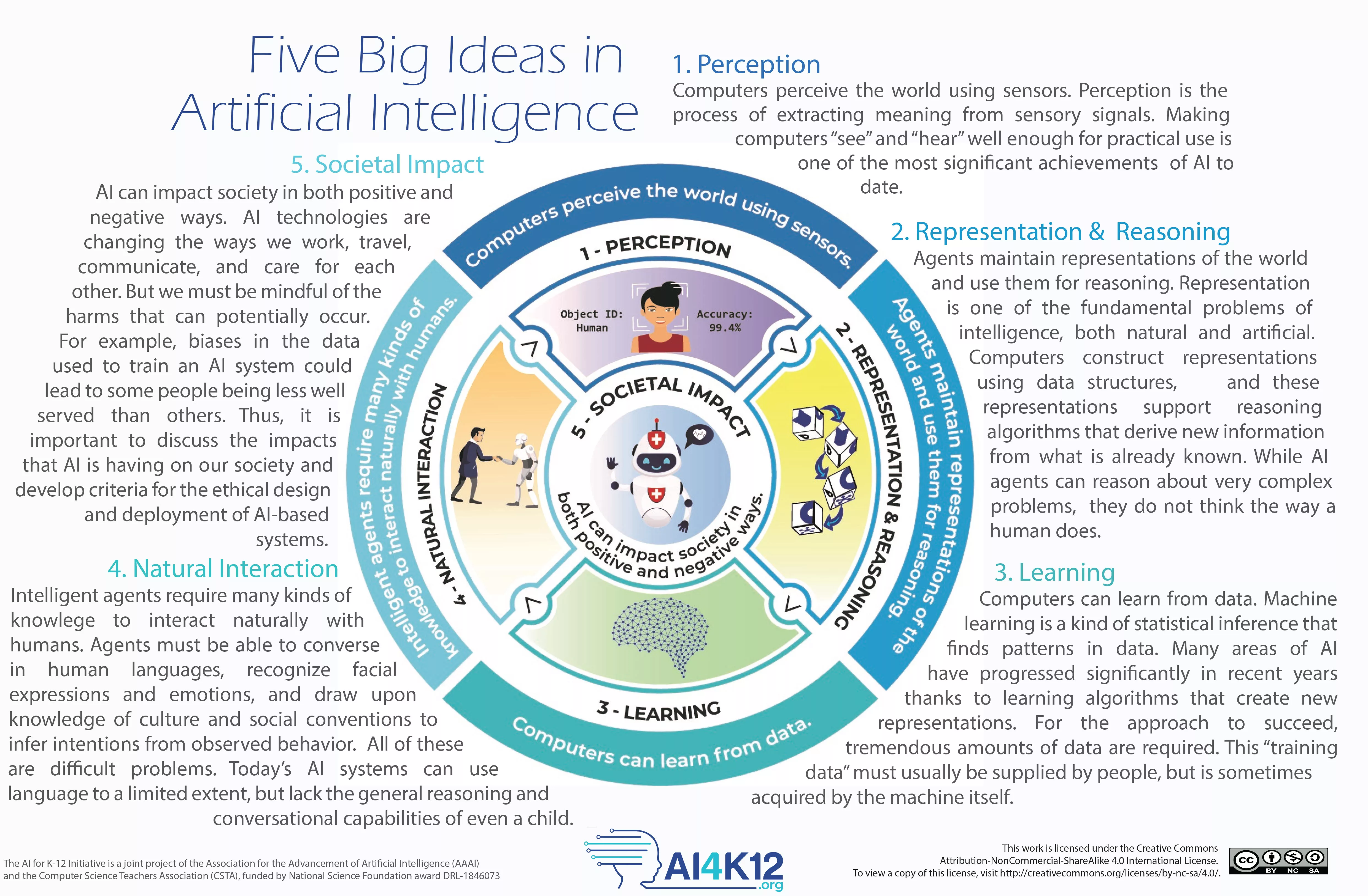
|
Getting your Trinity Audio player ready... |
A group of Hong Kong-based researchers have unveiled a new framework to introduce the concept of robotics and artificial intelligence (AI) to young students amid rapid adoption rates of the emerging technologies.
Based on five major principles, the framework is specifically tailored for K-12 education. According to a Phys.org report, the AI4K12 initiative is expected to be introduced to preschoolers, but children younger than six may need help to grasp the concepts.

The first of the “Five Big Ideas in AI” involves introducing the concept of AI and robotic perception, with teachers urged to employ a range of learning techniques to strike home the point. Students must understand that AI-based robots can perceive their environment using sensors.
Under the framework, students will be required to familiarize themselves with the concepts of AI reasoning through an introduction to algorithms and codes.
“Young children need to understand that AI’s process of perceiving the world is different from that of humans,” said Weipeng Yang, an assistant professor at the Education University of Hong Kong. “They should acknowledge the unique features of AI that complement human qualities.”
Young persons must also understand that AI models can learn given their ability to process data. The fourth ambit of the framework is an understanding that AI and robotic systems do not have consciousness but are man-made tools laced with the ability to communicate.
Lastly, students should familiarize themselves with the societal and long-term impacts of the widespread use of AI systems.
“Educating children on AI right from the preschool will ensure effective application of AI tools by students,” Yang said. “Our five big ideas of AI framework redeveloped from AI4K12 will help children better understand AI and its importance in the rapidly developing digital society.”
Yang adds introducing AI to children in their formative years will play a decisive role in ensuring safe AI usage in the future.
Using AI chatbots in schools
While technology firms are rolling out AI models to improve student learning processes, several organizations have voiced concerns over the models’ safety.
The United Nations Educational, Scientific and Cultural Organization (UNESCO) warned
that extensive reliance on AI chatbots may affect the emotional well-being of students needing human interaction with human teachers.
Other organizations are pushing for a higher age limit of 16 for AI usage in classrooms, while others are seeking integration with other emerging technologies to protect the privacy of young learners.
“Generative AI can be a tremendous opportunity for human development, but it can also cause harm and prejudice,” said UNESCO Director-General, Audrey Azoulay. “It cannot be integrated into education without public engagement and the necessary safeguards and regulations from governments.”
In order for artificial intelligence (AI) to work right within the law and thrive in the face of growing challenges, it needs to integrate an enterprise blockchain system that ensures data input quality and ownership—allowing it to keep data safe while also guaranteeing the immutability of data. Check out CoinGeek’s coverage on this emerging tech to learn more why Enterprise blockchain will be the backbone of AI.
Watch: Blockchain & AI unlock possibilities

 11-22-2024
11-22-2024


